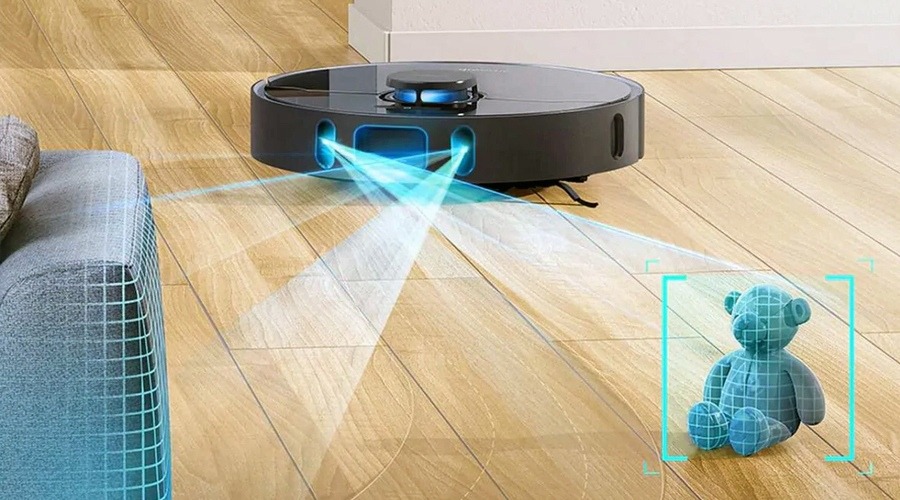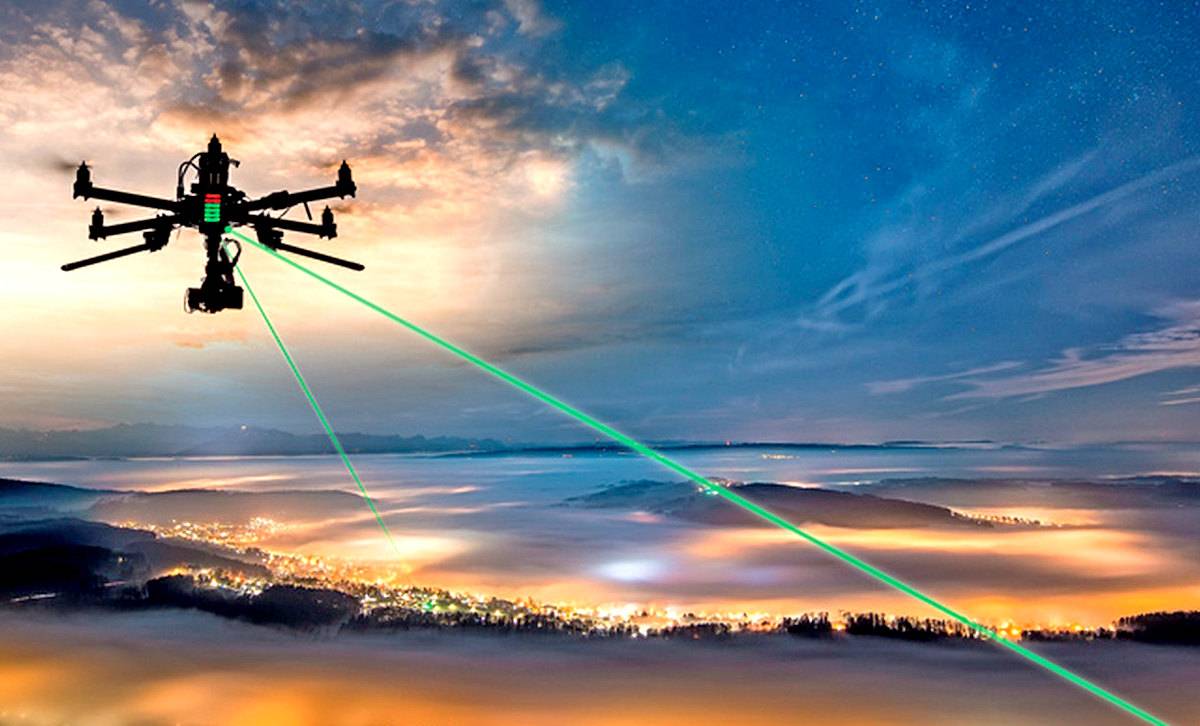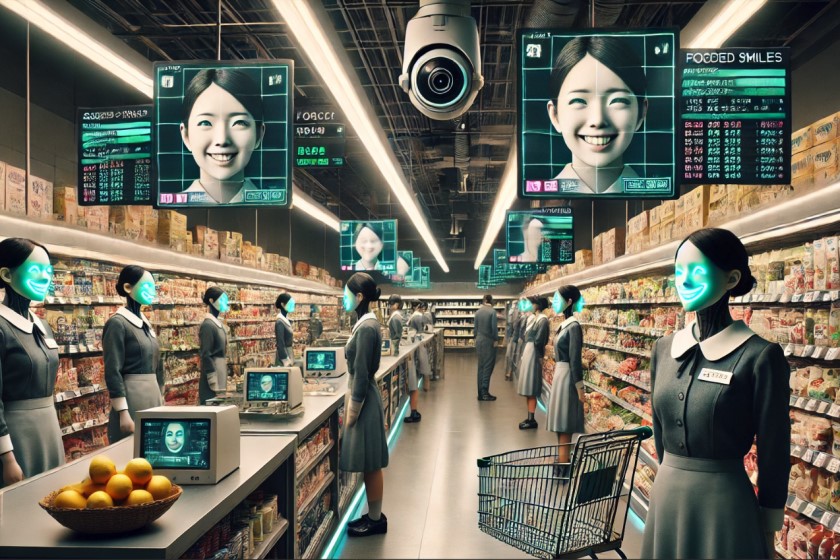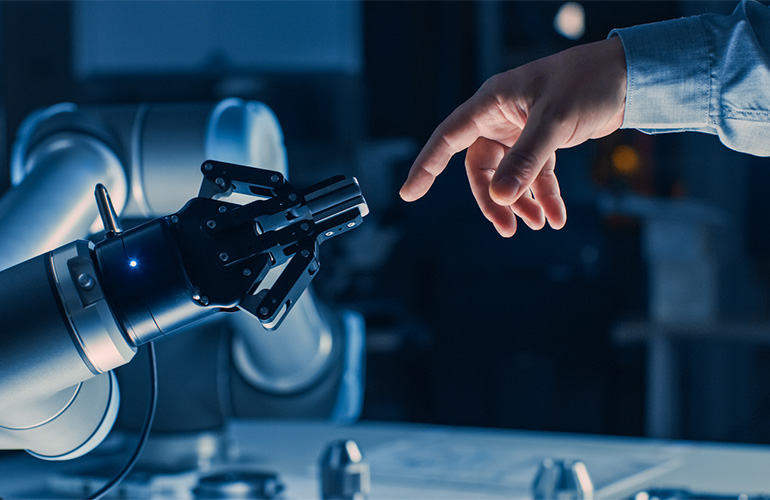Arizona State University and Intuitive Machines are embarking on an extraordinary lunar exploration endeavor in collaboration with NASA, set to unveil the mysteries of the moon's south pole. Their ambitious mission involves deploying a small jumping robot named Micro-Nova to capture unprecedented images of the lunar landscape.
Under a contract with NASA, these pioneering organizations are gearing up to launch Micro-Nova to the moon in December 2022. Once deployed, this agile robot will traverse the lunar surface, delving into the depths of craters that remain perpetually shrouded in darkness. These shadowy regions, untouched by direct sunlight, are believed to harbor deposits of water ice—an invaluable resource for future lunar exploration endeavors.
Equipped with advanced imaging capabilities, Micro-Nova will endeavor to capture the first-ever photographs of the interior of these enigmatic lunar craters. With a payload mass of just one kilogram, this compact robot is poised to unveil the secrets hidden beneath the moon's surface. From capturing monochrome snapshots to vibrant color images, Micro-Nova is primed to revolutionize our understanding of the moon's geological composition.
The mission represents a significant milestone in space exploration, showcasing the collaborative efforts of academia, industry, and space agencies in unraveling the mysteries of the cosmos. With the Micro-Nova robot poised to embark on its lunar odyssey, the world awaits with bated breath to witness the groundbreaking discoveries that lie ahead.


















